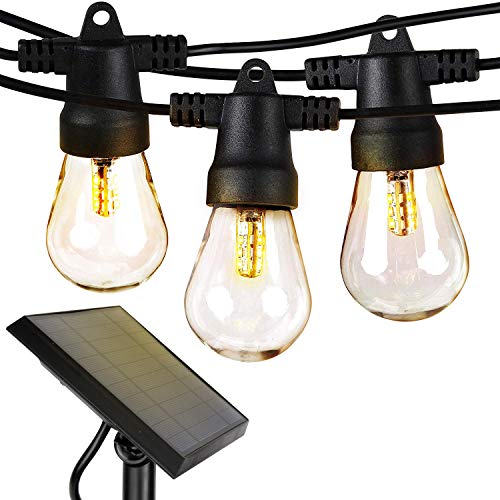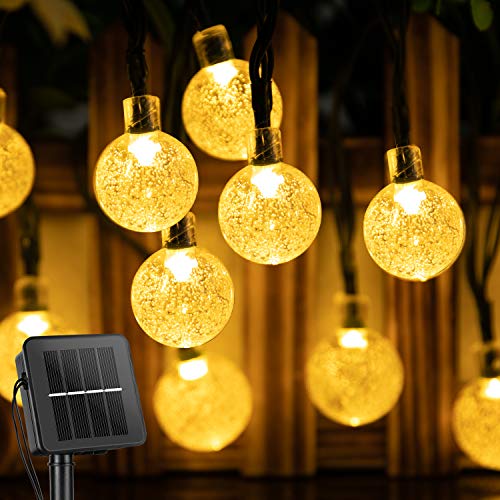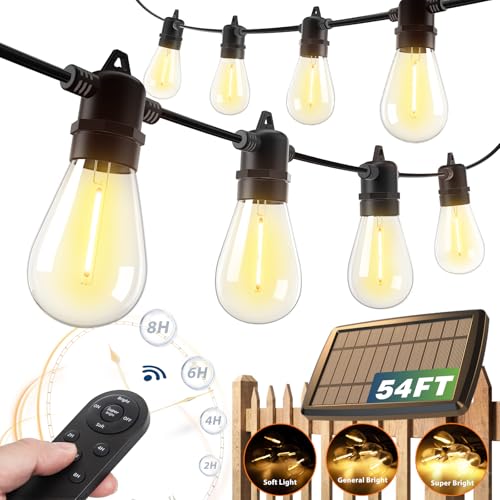How to charge solar lights without sun – electrical experts reveal why it works, but warn this solar hack might not always be effective
You don't always need direct sunlight for your solar lights – just a little effort


It's easy to dismiss solar lights out of hand. Charging appliances from sunlight is great in theory, but what happens on a cloudy day?
However, electrical experts have reassured me these lights can work in cloudy weather. Better than that, they say that you can even charge them inside under artificial light. The problem is that it's slightly less effective.
I have gathered everything you need to know about the pros and cons of how to charge solar lights without sun.
Solar garden lights will still work on cloudy days

The good news is you don't need direct sunlight to charge solar lights. While direct sun is by far the best way to charge up your solar lights, they'll still work on cloudy days or with artificial light.
Expert electrician Daniel Vasilevski explains that 'Solar panels work by converting light into electricity using photovoltaic cells. These cells absorb photons from any light source and generate an electric current, which is then stored in a rechargeable battery within the solar light.'
Therefore, solar lights can be charged - even if ineffectively - from any type of light. To charge solar lights indoors, just position the panel directly under a lamp, and your lights will charge over the course of the day. 'The key is to ensure that the artificial light is strong enough and positioned close enough to the solar panel to make a difference,' says Daniel.
On top of that, some solar lights have ways of charging that don't need any light at all. Solar expert Catherine Lane told me 'Some solar lights can be charged via USB or run on external batteries to ensure you have lighting even on cloudy days. You can also use artificial light to charge solar lights, but it will take longer than charging in direct sunlight.'
Design expertise in your inbox – from inspiring decorating ideas and beautiful celebrity homes to practical gardening advice and shopping round-ups.

Brightech lights are something of an industry standard. Once you recognize the shape of these lights, you'll start seeing them everywhere - they're especially popular in trendy outdoor bars and breweries. That's because these lights are low-profile and last for years without breaking.

Daniel is an expert electrician. The owner and direct of Bright Force Electrical, he has more than 10 years in the electricity industry.

Catherine has been researching and reporting on the solar industry for five years and is the Written Content Manager at SolarReviews.
Charging with artificial light may not be effective

Bear in mind that charging solar lights from artificial light isn't as effective. Daniel Vasilevski explains the science. 'Solar lights work by converting light into electricity using solar panels. These panels are made up of photovoltaic cells, which absorb photons from light sources and generate an electric current. This current is then stored in a rechargeable battery within the solar light.
'Artificial light, like from LEDs or incandescent bulbs, also emits photons, but not as many high-energy ones as the sun. This means the electric current generated is weaker, so it takes longer to charge the battery. However, the basic process is the same: photons hit the photovoltaic cells, create an electric current, and charge the battery.'
Electrical expert Mark Feygin agrees. 'Charging solar lights under electrical lights generally works, but it’s far less effective than natural sunlight. Artificial light doesn’t give the same intensity of UV rays needed to fully charge the battery, so it takes longer and yields weaker results.'
Mark explains that while you can charge solar panels with artificial light, it's not as effective. 'If you opt for using solar lights indoor lighting, the charge may be enough for only a few hours of light. So even though it’s possible, it’s definitely not as efficient, and the lights will perform best when charged outdoors in direct sun.'

Does charging solar lights with artificial light affect their lifespan?

While you can charge solar lights indoors, over time it can amount to a solar light mistake.
Charging solar lights with artificial light not only leads to dimmer lights with shorter runtime, but it can even damage them over time. Mark Feygin says 'Charging solar lights with artificial light doesn't necessarily shorten their lifespan, but it can affect performance over time.'
That's because utility-powered lighting isn't as efficient as the sun. 'Since artificial light isn’t as efficient, it forces the battery to cycle through shorter charge-and-discharge phases, which could lead to quicker battery degradation,' explains Mark. 'On top of that, the inconsistent power from artificial light could cause the lights to underperform, meaning you may need to replace batteries more often.'
How much does it cost to charge solar lights from electric lights?

The good news is that charging solar lights from your lighting is still very cheap. Catherine Lane did the math: 'Running an LED light bulb for 12 hours to charge solar lights would cost an average of two cents ($0.02), but will vary with the wattage of the light source used and local electricity rates.'
That's not much money at all, but it's technically an infinite increase from running solar lights on solar energy, which is completely free.
Mark Feygin says 'Charging solar lights from electric lights typically costs very little, but it’s not entirely free like solar energy. LED lights are energy-efficient, so charging a solar light with them won’t break the bank, but the process is less sustainable than relying on natural sunlight.'
While solar lights can work indoors, or under clouds, they're not always a good idea. It's worth considering if solar lights are ever worth it. If you decide on solar lights, it's also worth learning how to make solar lights work in winter so that your lights don't break when the temperature drops. It only takes a little sealant, but it's more effort than buying utility-powered landscape lights.

As a gardens and lifestyle contributor, Alex makes sure readers find the right information to help them make the best purchase. Alex got his start in reviewing at the iconic Good Housekeeping Institute, testing a wide range of household products and appliances. He then moved to BBC Gardeners’ World Magazine, assessing gardening tools, machinery, and wildlife products.

